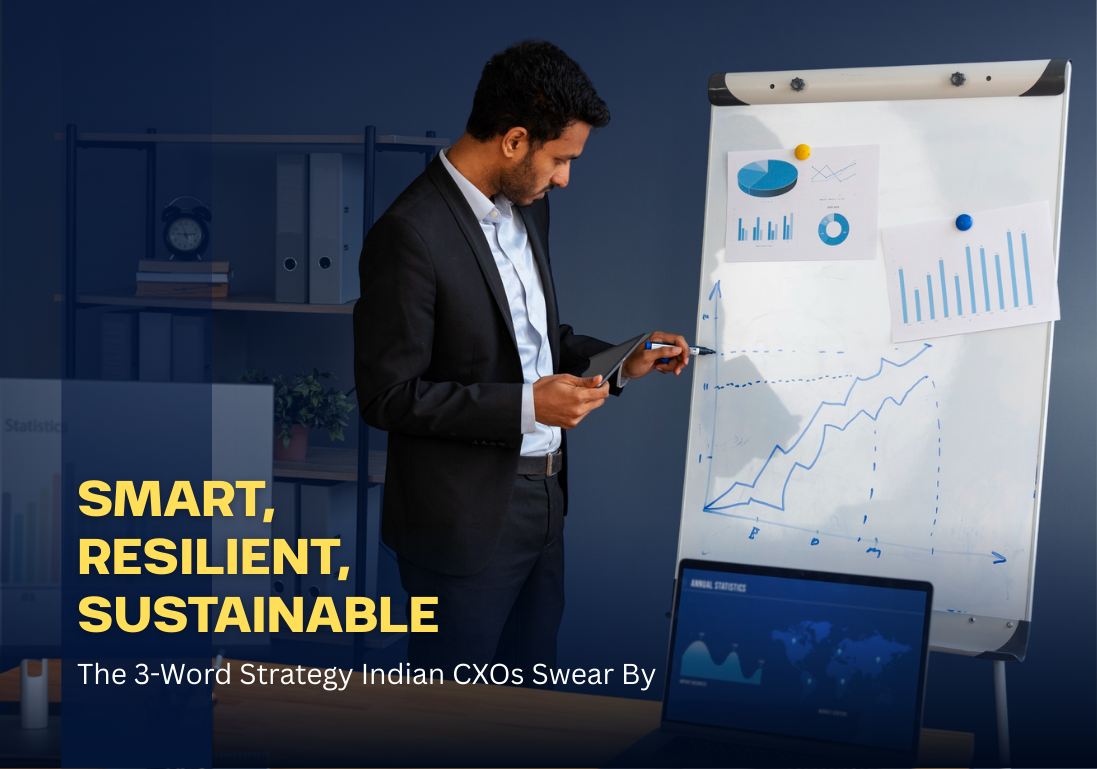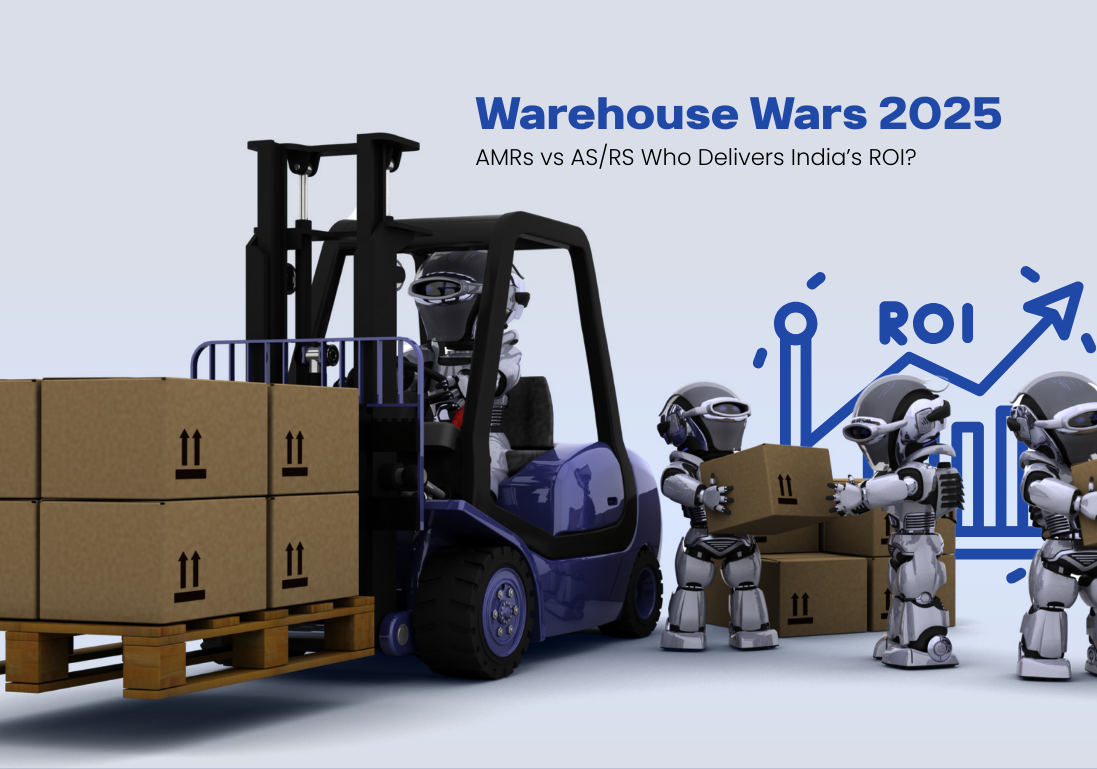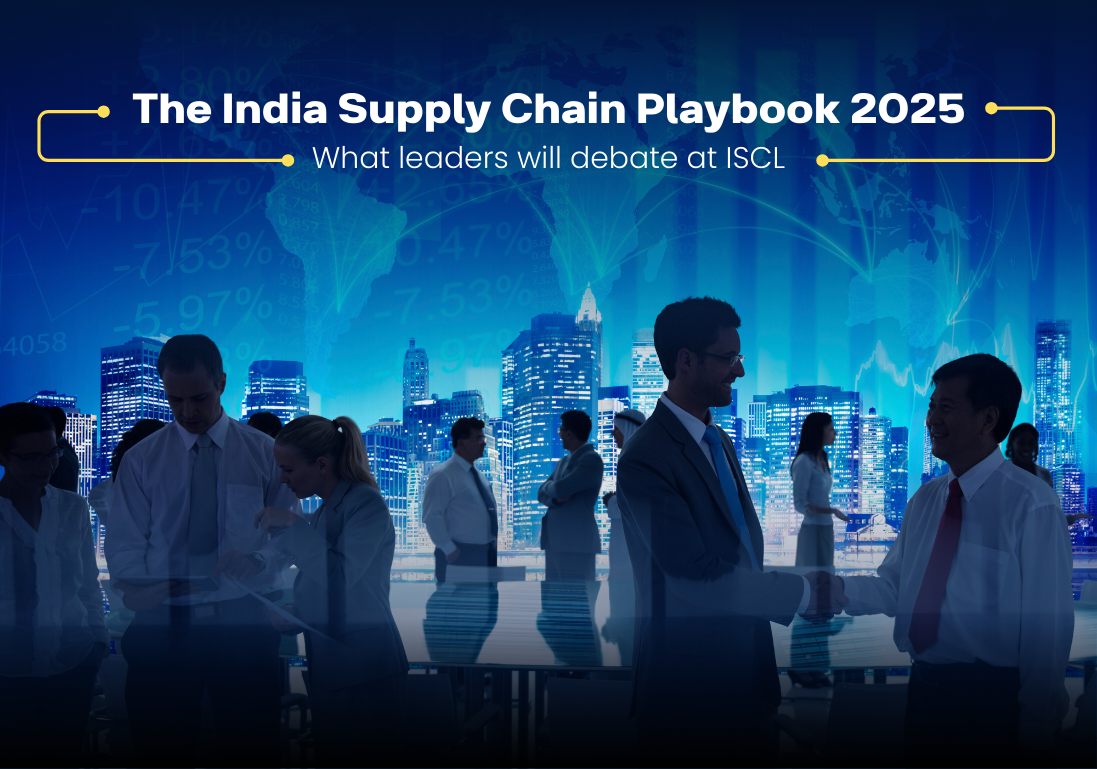India’s capacity decade isn’t a forecast; instead, it’s a balance-sheet reality. Boards are demanding growth with quality, regulators are codifying disclosure, and customers expect reliability without compromise.
The most effective Indian CXOs are aligning transformation around three simple words that travel from boardroom to plant floor: Smart, Resilient, Sustainable.
It’s a practical operating model that compounds results across revenue, margin, and reputation.
What Does “Smart” Mean in Supply Chains?
Smart means decisions made with instrumentation, not instinct. It is where digital transformation turns fragmented data into action using data analytics, cloud computing, IoT, and Industry 4.0 practices.
In factories, this translates into smart factories with predictive maintenance, OEE tracking, and connected assets. In Smart supply chain, it means a live control tower blending lane-level ETAs, exception alerts, and service commitments into a single narrative the CFO and COO can act on. Moreover, in the field, it’s about route optimization, warehouse automation, and accurate promise dates that lift customer experience and satisfaction.
Smart is never tech for tech’s sake. Instead, it exists to cut cost to serve, reduce stockouts with better demand forecasting, and improve OTIF on critical lanes.
Why Resilience Is the Answer to Volatility
A resilient supply chain is your shield against disruption. The last few years have proven that single points of failure suppliers, ports, or platforms are balance-sheet risks.
Resilience begins with redesigning networks and flows. It includes rebalancing to multimodal transportation where it improves total landed cost while protecting schedules. In addition, it requires hardening the digital core with cybersecurity, zero trust security, and tested recovery systems.
Furthermore, resilience continues with vendor playbooks, dual sourcing, and risk management through scenario planning. A resilient enterprise drills business continuity, tracks supplier risk, and shortens recovery time so that a disruption is a speed bump, not a P&L crater.
How Sustainability Unlocks Capital and Loyalty
Sustainable operations reduce friction while unlocking loyalty and investor trust. Leaders treat ESG as an operating system, not just an annual report.
The process begins by measuring the carbon footprint end-to-end with credible carbon accounting. Then, the highest-ROI emissions can be removed through network redesign, green logistics, and energy meters in plants and DCs. Modal shifts that lower intensity per ton-km also play a critical role.
In many categories, sustainability is also a margin story. Lighter packaging reduces freight, efficient motors boost energy efficiency, and better forecasting reduces waste. Moreover, when tied to sustainable procurement, verifiable supplier data, and finance plans linked to sustainability instruments, the journey to net zero accelerates while raising margins.
India’s Advantage: Ecosystem Tailwinds
What makes this three-word strategy click in India is the surrounding ecosystem. Digital public infrastructure has normalized real-time IDs, interoperable datasets, and high-trust transactions.
Make in India and manufacturing in India are backed by corridors, ports, rail, and a strong talent pool. Consequently, for exporters, logistics optimization can now be achieved through multimodal tenders, digital visibility, and standardized master data.
For domestic leaders, working smarter means faster working capital optimization cycles, improved cash turns, and fewer write-offs.
Execution with E-E-A-T
Execution is where E-E-A-T matters experience, expertise, authoritativeness, and trustworthiness.
Standardize definitions for OTIF, lead-time variance, return rates, and cost to serve. Publish a single KPI cockpit. If you’re new to control towers, phase it: begin with shipment visibility on your top ten lanes.
For factories, start with one predictive maintenance pilot line and close the loop with root-cause fixes. For emissions, baseline Scope 1/2/3 and run high-NPV interventions like energy efficiency and modal shifts.
Funding and Security
Funding follows outcomes. Therefore, investments should be aligned to cash conversion, margin bridge, and reliability metrics.
Cloud migration and cloud-first architectures reduce time-to-value. Strong data governance ensures consistent truth across finance, operations, and sales.
In terms of security, enterprises should elevate with zero trust security, inventory of critical systems, EDR/XDR deployment, and tested backup-and-restore.
Impact Across Stakeholders
Customers experience this strategy through accurate promise dates, fewer stockouts, faster last mile delivery, and consistent after-sales support.
Teams also benefit from clearer ownership and better tools, while investors reward signals like higher OTIF, reduced energy intensity, and cleaner audits.
The First 90 Days: Where to Begin
The first 90 days should be quiet, surgical, and measurable. Start by standing up a unified data layer for demand and inventory. Retender two major lanes for a multimodal transportation pilot. Close top cybersecurity gaps. Publish an ESG scorecard with quarterly targets and accountable owners.
Therefore, don’t boil the ocean—boil one kettle, serve real tea, and then scale.
The Cadence of Smart, Resilient, Sustainable
Smart, Resilient, Sustainable is not branding it’s a cadence: sense, decide, act, learn.
Build a system that senses with data, decides with models, acts through process and people, and learns through governance and incentives.
India’s operating tailwinds are strong, but they reward the prepared. Consequently, wiring this strategy into your core helps cut noise, accelerate growth, and earn trust in the markets that matter.
FAQs
1. What does “Smart, Resilient, Sustainable” mean for Indian enterprises?
It’s a three-word strategy where businesses make data-driven decisions (Smart), build resilience against risks (Resilient), and embrace ESG-driven growth (Sustainable). Together, it drives profitability, customer satisfaction, and long-term trust.
2. How does digital transformation enable a Smart strategy?
By leveraging IoT, Industry 4.0, cloud computing, and data analytics, businesses can move from instinct-driven to insight-driven decisions. For example, this leads to predictive maintenance, warehouse automation, route optimization, and control towers that enhance customer experience.
3. Why is resilience important for Indian CXOs?
With global supply chain disruptions, risk management and business continuity are essential. As a result, a resilient enterprise uses multimodal transportation, cybersecurity, and scenario planning to protect operations from shocks.
4. How does sustainability improve margins as well as reputation?
Sustainability is not just compliance it’s efficiency. Practices like green logistics, energy efficiency, lighter packaging, and sustainable procurement reduce costs while meeting net zero and ESG targets, building customer loyalty and investor trust.
5. What are the first steps to implement this strategy?
Launch a control tower for top supply chain lanes. Begin predictive maintenance on one pilot line. Close key cybersecurity gaps. Publish an ESG scorecard with accountable owners. These quick wins prove value while building momentum.




